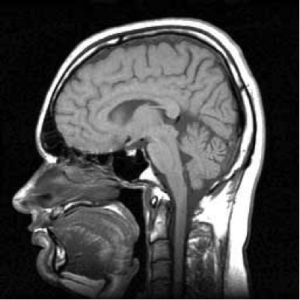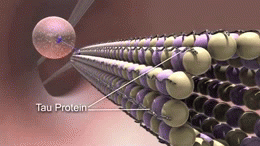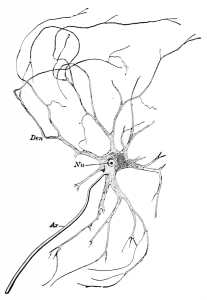Quantum Theories of Consciousness
In one way or another, most people probably subscribe to the notion of dualism – the belief that the mind/soul/consciousness is something other than the physical body. But dualism fell out of favour in scientific circles in the twentieth century, and most neurobiologists now prefer the idea of monism – the belief that mind and body are one and the same thing. For example, the neuroscientist Marcel Kinsbourne claims that ‘being conscious is what it is like to have neural circuitry in particular interactive functional states’. But the logic gates of a computer are, in function at least, rather similar to neurons, so it isn’t clear why highly connected computers, such as the world-wide web with its one billion or so internet hosts show no sign of awareness. Why are silicon-based computers zombies whereas flesh-based computers are conscious?
Consciousness is the most enigmatic phenomenon in the whole of biology, indeed, in the entire universe. What is it? Why and how do we know that we exist?
The mathematician Roger Penrose and anaesthetist Stuart Hameroff have proposed that consciousness involves trillions of proteins called microtubules that, they propose, remain quantum-coherent in millions of distant cells inside our brain.
For more information on this controversial theory click here.
Although the theory has received a lot of attention nearly all physicists believe it to be highly implausible and it lacks experimental support. Microtubules are big, complex proteins that are extremely unlikely to remain quantum coherent in a warm wet brain.
Is there any role for quantum mechanics in the brain? Well a recent study finds evidence for quantum coherence of ions in ion channels that mediate nerve impulses. When a signal travels down a nerve it sequentially opens up billions of these ion channels, in a kind of domino effect that transmits the electrical signal along the nerve. The channels are only about one-billionth of a metre long (1.2 nanometres) and less than half that wide, so the ions have to pass through them in single file. Yet they do so at an extraordinarily high rate of about a hundred million per second and are highly selective for each ion. How ions are transported so rapidly and selectively has remained something of a mystery. In 2012 the neuroscientist Gustav Bernroider, from the University of Salzburg, teamed up with Johann Summhammer from the Atom Institute at the Vienna University of Technology to demonstrate that the ion travels as a wave through the ion channel. Find out more information here.
Can this help to account for consciousness? Well one possibility is that these quantum coherent ion channels interact with the brain’s em field. More on consciousness.



